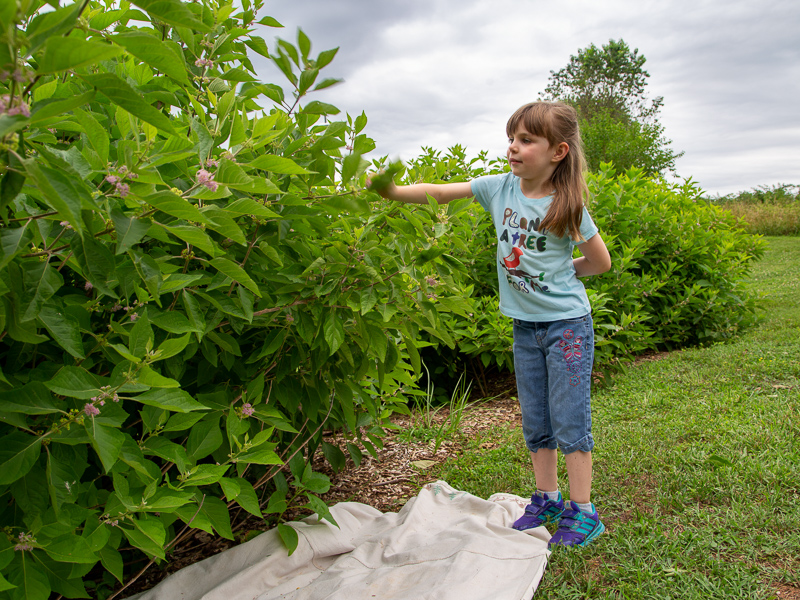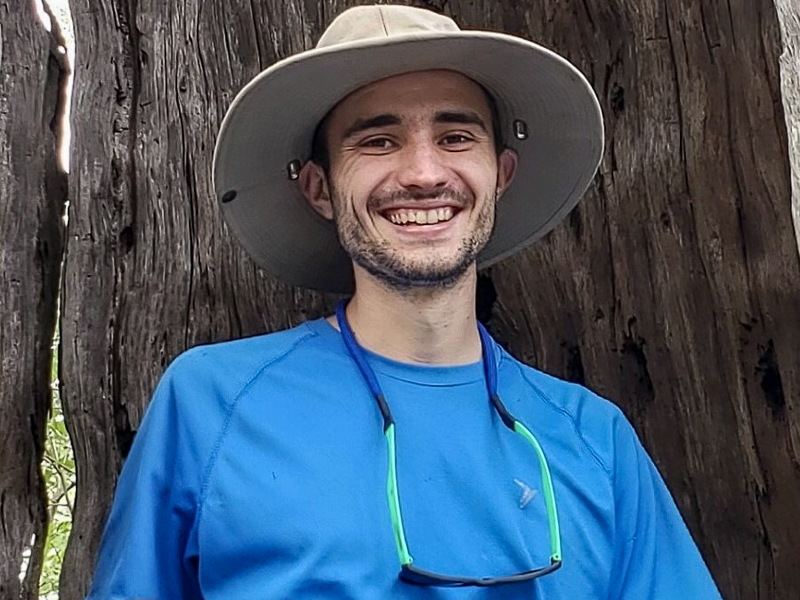
Expedition Extreme: Museum Paleontology Staff, Students Dig In
September 30, 2021
The team excavates a duckbill dinosaur in the San Juan Basin (New Mexico). By Dr. Lindsay Zanno, Head of Paleontology (Lead author) Micah Beasley, PR & Marketing Coordinator (contributor) This summer, the staff and students of the Zanno Lab at the NC Museum of Natural Sciences geared up for our longest expedition yet, logging 90… Read More >

Virtually meet role models with disabilities when Museum hosts STEAM Showcase Oct. 19
September 29, 2021
[RALEIGH, N.C.] — The great jobs of today and tomorrow are in Science, Technology, Engineering, Art and Math (STEAM). Yet people with disabilities remain underrepresented in these fields. To help turn that tide, the 9th annual STEAM Career Showcase for Students with Disabilities will be held virtually Tuesday, October 19 from 1 to 3:30 p.m.,… Read More >

It’s time to Take a Child Outside!
September 24, 2021
Let’s get outside! Have you felt the temperatures across North Carolina dropping or noticed the passing of the Autumnal Equinox? Both of these let me know that it’s time for Take A Child Outside Week, September 24 through 30, so think about great outdoor activities. Stumped? The Museum has dozens of excellent activities for you… Read More >

‘Exquisite Creatures’ exhibition opens at NC Museum of Natural Sciences Oct. 16
[RALEIGH, N.C.] — What is it about the natural world that calls to us? Is it the color of the macaw’s feathers? The vibrant sheen of the beetle’s carapace? Is it the overwhelming diversity of life, or the repetitive patterns that nature has conjured? The North Carolina Museum of Natural Sciences invites you to experience… Read More >

Whiteville museum educator named EENC Outstanding Newcomer
September 23, 2021
Brian Wuertz, Community Engagement Educator for the NC Museum of Natural Sciences at Whiteville, has been named the winner of the Environmental Educators of North Carolina (EENC) Outstanding Newcomer award for 2021. This award recognizes an EENC member of five years or less who has made significant contributions during their short time with the organization…. Read More >

